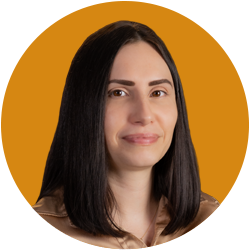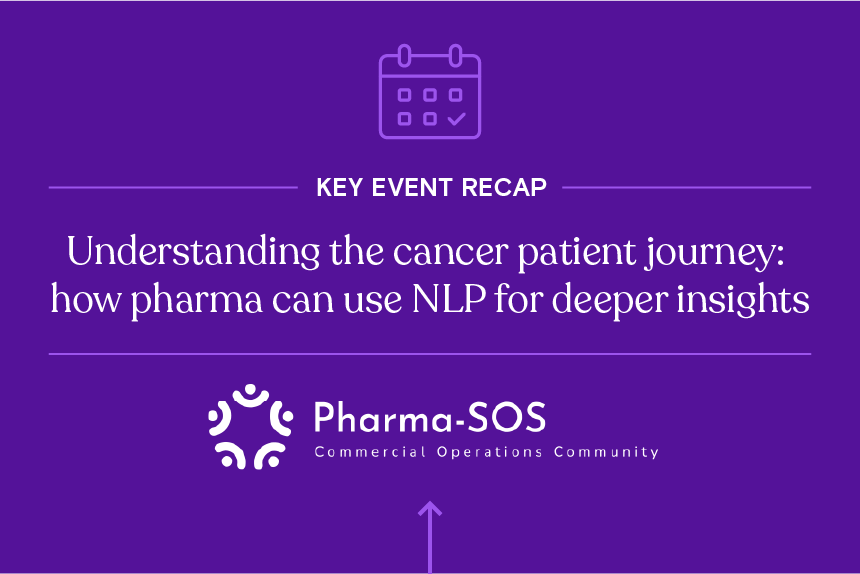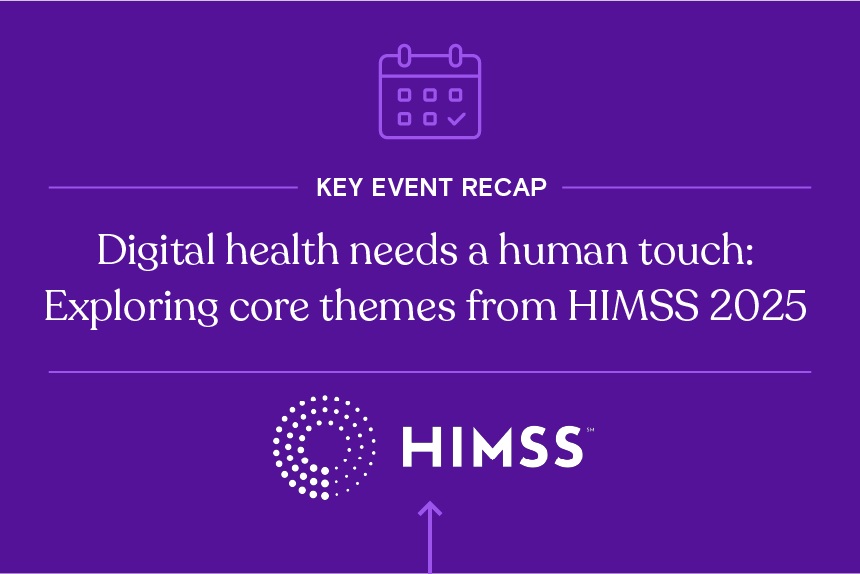In the world of cardiology, the right key opinion leaders (KOLs) can make all the difference for life science companies. These experts drive innovation, shape clinical practice, and influence the market adoption of new heart therapies and devices. But with over 188,000 global cardiology experts, how do you find the KOLs who are most aligned with your goals? This guide provides tips on identifying and leveraging cardiology KOLs to boost your organization’s success.
How to identify the right cardiology KOLs
Partnering with the right cardiology KOLs can fuel success across all stages of commercialization, from product development to market penetration, and ultimately helps ensure that the right cardiology treatments reach the patients who need them. Given the number of scientific and medical experts in cardiology, engaging with the right KOLs requires a strategic approach. Let’s explore several methods of finding the most relevant cardiology KOLs with the ideal combination of influence and expertise.
Dive into scientific research
Publication analysis
One key metric for identifying cardiology KOLs is their publication record. Researchers with a strong track record for highly cited publications in top-tier journals often stand out as major voices in their field. By looking at their publication frequency, the impact factor of the journals they contribute to, and the number of citations their work receives, you can gauge the influence and relevance of their work. Specialized databases can help you dig into these details, surfacing experts whose research aligns with your focus area, whether it’s coronary artery disease, heart stents, TAVR procedures, or another cardiovascular disease or treatment.
Clinical trial insights
A KOL’s involvement in cardiology clinical trials is another important metric. KOLs who lead or participate in prominent clinical trials are often at the cutting edge of therapeutic advancements. Tracking cardiology clinical trials through registries and databases can identify researchers testing new treatments or exploring innovative approaches. For example, a researcher leading a multi-center trial on an anti-arrhythmic drug could be a valuable partner for insights into trial design.
Track conference highlights and awards
Spotlight on presentations
Presentations at major medical conferences are also an indicator of a cardiology KOL’s standing. High-profile conferences such as American Heart Association's Scientific Sessions, the European Society of Cardiology Congress, and the American College of Cardiology's Annual Scientific Session attract top-tier experts who present groundbreaking research and emerging trends in cardiology. Monitoring these conferences for speakers and session chairs can help you spot the key players in the field.
Evaluate grant funding and industry awards
Grants and funding received are another sign of a KOL’s impact in cardiology. Prestigious awards from renowned institutions or government agencies often reflect substantial recognition and authority in the field. Cardiologists who obtain significant research funding are usually at the forefront of impactful work, making them important figures to consider. Tools such as the National Institutes of Health (NIH) RePORTER can help you track this funding and find the leading researchers and experts in cardiology.
Assess clinical practice and experience
Claims data analysis
Claims data, which reveal the volume of patients treated by a physician or cardiology facility, can also serve as an indicator of influence. Researchers or cardiologists who handle a large cardiology patient population are likely to have extensive practical experience and can offer valuable insights into how new cardiology treatments work in real-world settings. Analyzing claims data like cardiology diagnosis, procedure, or prescription data can help find those whose clinical work is shaping patient care.
Honorary positions and affiliations
Experts holding prestigious positions like chairs of academic departments, advisors to government agencies, or leaders in heart centers or industry-sponsored research programs often have significant sway in their field. These affiliations indicate their established reputation and influence within cardiology. Understanding the type of affiliation—whether academic, government, or industry—can also help you find the most relevant KOLs for your specific needs.
Harness digital and media insights
Social media monitoring
Social media is fast becoming a key metric for identifying KOLs and cardiology DOLs. Platforms like Twitter and LinkedIn can help you track KOLs’ latest insights and professional opinions, and their online presence can reveal their current research focus and influence within the cardiology community.
News mentions
You can also look at news articles and media coverage to gauge a KOL’s public impact. Frequent mentions can highlight experts who are actively shaping the conversation around cardiovascular health.
Using expert databases for KOL identification
Scientific and medical databases can be invaluable to finding and connecting with the right cardiology KOLs using these metrics. For example, platforms like Definitive Healthcare’s Monocl Expert Suite provide comprehensive profiles that aggregate data on publications, clinical trials, industry affiliations, social media activity, and more for scientific and clinical experts. These databases offer a consolidated view of an expert’s contributions and influence, making it easier to pinpoint the right cardiology KOLs to support your medical affairs goals.
Leveraging cardiology KOLs in your medical affairs strategy
Once you’ve found the right KOLs, cultivating relationships unlocks a wealth of expertise to benefit your company. For instance, including cardiology KOLs in advisory boards can offer critical insights into product development and clinical trial design. Partnering with them on publications, presentations, or educational materials can boost your brand’s reach. Additionally, involving KOLs in patient education initiatives can strengthen your brand’s reputation and build trust within the medical community.
Discover cardiology KOLs using expert data
In short, finding and working with the right cardiology experts requires a comprehensive approach. You’ll need to look at publications, clinical trial involvement, industry affiliations, conference presentations, claims data, social media presence, and more to fully understand their influence. Using expert databases can help you find the right experts faster and with greater precision in the fast-changing world of cardiology.
If you’re ready to find your next cardiology key opinion leader, book a demo with our team to see how Monocl Expert Suite can help you identify and strategically engage with scientific and clinical experts from around the world.





